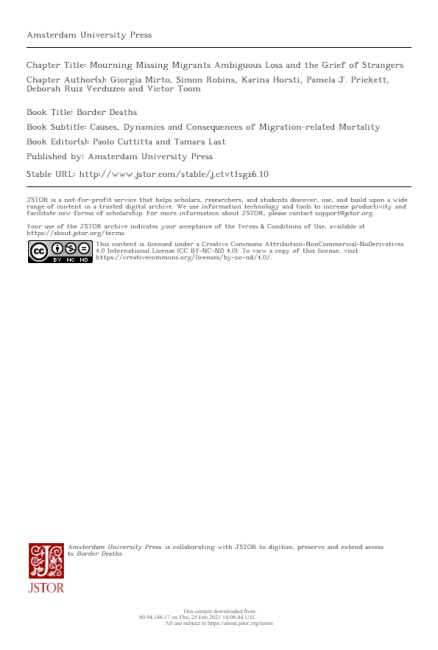Displaying dead bodies: bones and human biomatter post-genocide
The after-effects of mass atrocity – bodies and bones – struggle to be defined within memorial projects. This article seeks to examine the politics at play in displaying dead bodies to interrogate the role of materiality in efforts to memorialise and raise awareness about on-going violences. It focusses on the nexus between evidence, dignity, humanity and memory to explore bone display in Rwanda. It then takes up two artistic projects that play on the materiality of human remains after atrocity: the art of Carl Michael von Hausswolff, who took ashes from an urn at the Majdanek concentration camp and used them as the material for his painting, and the One Million Bones Project, an installation that exhibits ceramic bones to raise awareness about global violence. In thinking about the intersections between human biomatter, art and politics, the article seeks to raise questions about both production and consumption: how bones and ashes of the dead are produced, and how they are consumed by viewers when placed on display in a variety of ways.





